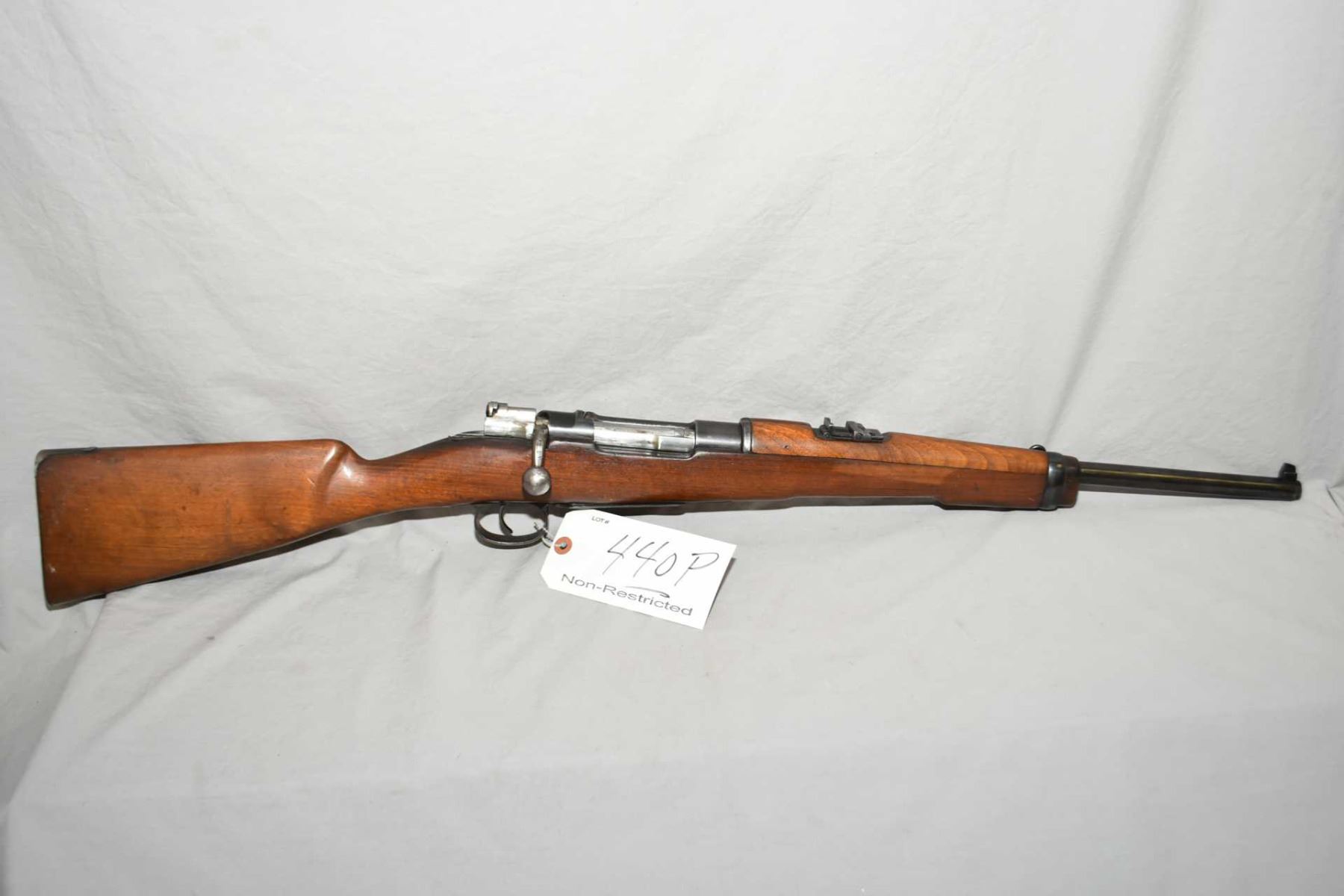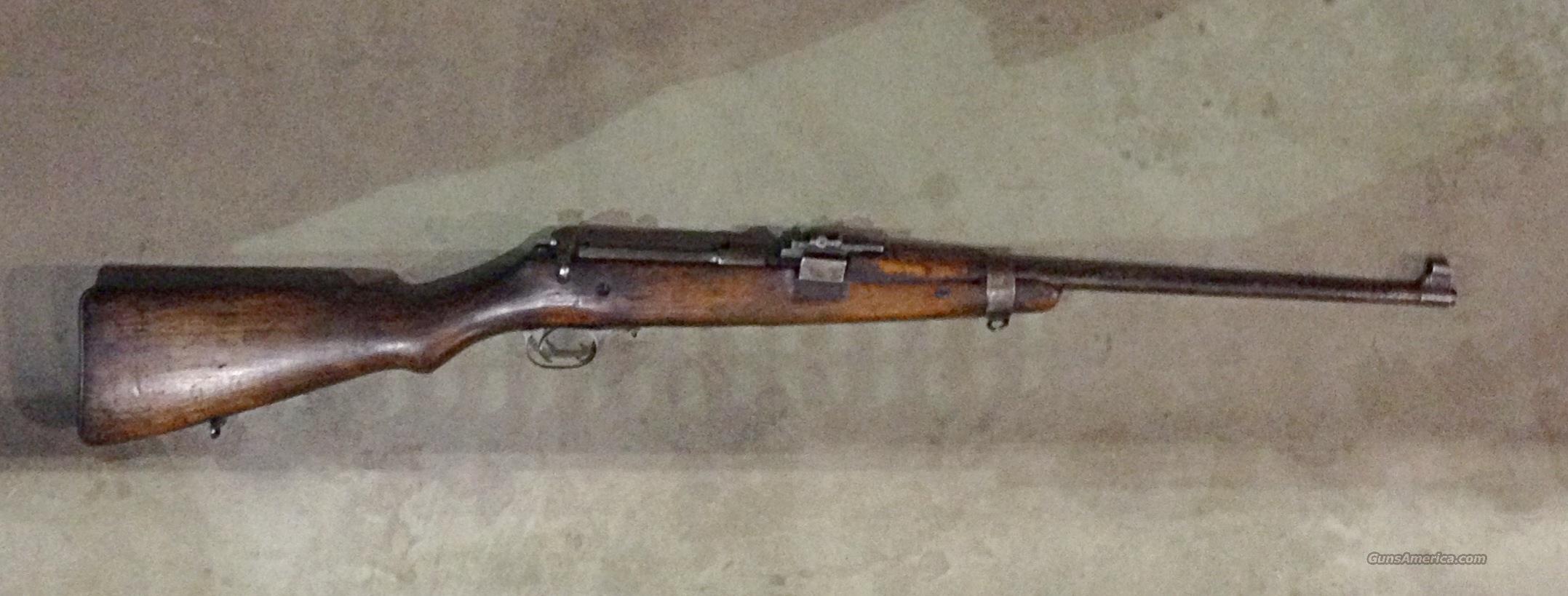
Spanish Mauser Rifle Full Details More
13 Image (s) Mauser-Werke Patrone ES340. Full Details More from this Seller. 2 hours ago GA Sales: 1126. 22 for sale on GunsAmerica.
The used value of a SPANISH MAUSER rifle has risen 14.43 dollars over the past 12 months to a price of 410.97. The 12 month average price is 390.68 used. Shop online & in-store at Bass Pro.Illustration of a Mauser Model 1893 rifleA SPANISH MAUSER rifle is currently worth an average price of 410.97 used. Hit the target every time with the Centerfire rifles from top brands like Remington, Thompson/Center, Tikka and more. See Also: Mauser 22 rifles for sale. 22 LR This Bolt-action rifle was used to practice and perfect marksmanship.
Spanish Mauser Rifle Series Of Mauser
All versions of the rifle saw extensive service in the Spanish Army, beginning in the Spanish–American War in 1898, the Rif War of 1920–1927, and the Spanish Civil War of 1936–1939. The M1893 introduced a short staggered-column box magazine that fit flush with the bottom of the stock the magazine held five smokeless 7×57mm Mauser rounds, which could be reloaded quickly by pushing a stripper clip from the top of the open bolt.The M1893 was developed into several variants, including a shortened carbine adopted by the Spanish as the M1895, and as the M1913 and M1916 short rifles. The M1893 was based on the experimental M1892 rifle, which Paul Mauser developed for the Spanish Army as part of a program to correct deficiencies in the earlier 1889, 1890, and 1891 series of Mauser rifles. The Mauser Model 1893 is a bolt-action rifle commonly referred to as the Spanish.The Mauser Model 1893 is a bolt-action rifle commonly referred to as the Spanish Mauser, though the model was adopted by other countries in other calibers, most notably the Ottoman Empire.

Trials with these guns provided a series of improvement suggestions for Mauser in addition to Spanish experiences, by that time, the 1889, 1890, and 1891 series of Mauser rifles had been in service with various armies long enough to highlight deficiencies in the designs. The impetus for the change was a series of defeats of Spanish forces around the enclave at Melilla in North Africa. These rifles did not satisfy the Spanish Army, and so on 2 December 1891, the Army ordered 1,200 Model 1891 Mausers that used new smokeless powder ammunition.
Between 5,000 and 8,000 of the rifles were built for Spain. Mauser's design work produced the Model 1892, a transitional design that was manufactured in limited numbers for the Spanish Army. As a result, Paul Mauser decided to design a new rifle that would correct the problems with the earlier rifles, and allow the company to secure more arms contracts. The stripper clip guide and the clips themselves were also unreliable and the bolt design allowed the rifle to double-feed rounds of ammunition.
The stripper clips and the clip guides were improved to make them easier to use. The magazine box and trigger guard were machined as a single piece, preventing the box from being removed and lost, though the magazine was still a single-stack design that extended below the bottom of the stock. The M1892 rifle introduced a number of innovations to remedy the problems of the earlier rifles, including the large non-rotating claw extractor on the bolt, which prevented double-feeds.
This was the first time a Mauser rifle included a fully contained magazine. The new version incorporated a staggered 5-round magazine that did not extend below the bottom of the stock. Spain placed an order for 20,000 of the M1892 rifles on 21 July 1893, with a further 10,000 added on 27 August, but the design quickly led to an improved version, the Model 1893, which replaced the M1892s ordered.

The 7 mm ammunition was fired at a muzzle velocity of 2,330 feet per second (710 m/s) from the standard rifle-length barrel. The rifling twist rate was 1 revolution in 8.68 inches (220 mm). Both of these variants were chambered in the 7 mm caliber developed by Mauser, and the barrel had 4-groove rifling with a right-hand twist.
As was standard for Mauser rifles, the M1893 was configured with a three-position safety that locked the action or allowed the bolt to be worked but with a disabled firing pin, in addition to the fire setting. Most bolts featured a straight handle with a rounded grasping knob, though the short rifles were fitted with bolts that had turned down handles. The receivers had guides for stripper clips milled into the bridge for increased reliability, though the rifles could also be loaded individually. The receiver for all versions of the rifle and the one-piece bolt were forged steel. The Ottoman variant weighed about 9 pounds (4.1 kg). Another variant, built for the Ottoman Army, had the same 29.06-inch barrel as the Spanish rifle, but it was chambered in the slightly larger 7.65×53mm Mauser round.
The iron sights included a tangent V-notch rear sight that was graduated from 400 meters (1,300 ft) to 2,000 m (6,600 ft). To close the bolt with an empty magazine, the follower had to be depressed to clear the bolt stop. The M1893 magazine included a bolt stop, which prevented the bolt from being closed on an empty magazine, thus indicating to the soldier that the rifle was empty. As a result, the bolt was not as strong as later designs. The bolt was a cock on close design, and locked with a pair of forward locking lugs unlike later Mauser designs, it did not include a third, rear locking lug, which was introduced with the Model 1895.
Further alterations of the basic M1893 design produced the Model 1895, which was chambered in 7 mm and sold in large quantities to Central and South American countries, including Chile, El Salvador, Honduras, Uruguay, and Mexico. Derivatives In 1894, Mauser designed a new version of the rifle, designated the Model 1894, chambered in 6.5×55mm for the Swedish Army. Each rifle was issued with an M1893 sword bayonet. The stock was attached to the barrel with two barrel bands, the forward-most of which also included a bayonet lug for the rifle variant, while the short carbine did not receive the bayonet lug. The barreled receiver was fitted with a wood stock with a straight grip.
The design was refined further into the Model 1896, which was sold to Sweden and the Boer states, the latter placed into very effective use during the Second Boer War of 1899–1902. Spain also acquired a variant of the M1895 that was essentially identical to the M1893 series with the exception of its 17.5-inch (440 mm) barrel.


 0 kommentar(er)
0 kommentar(er)
